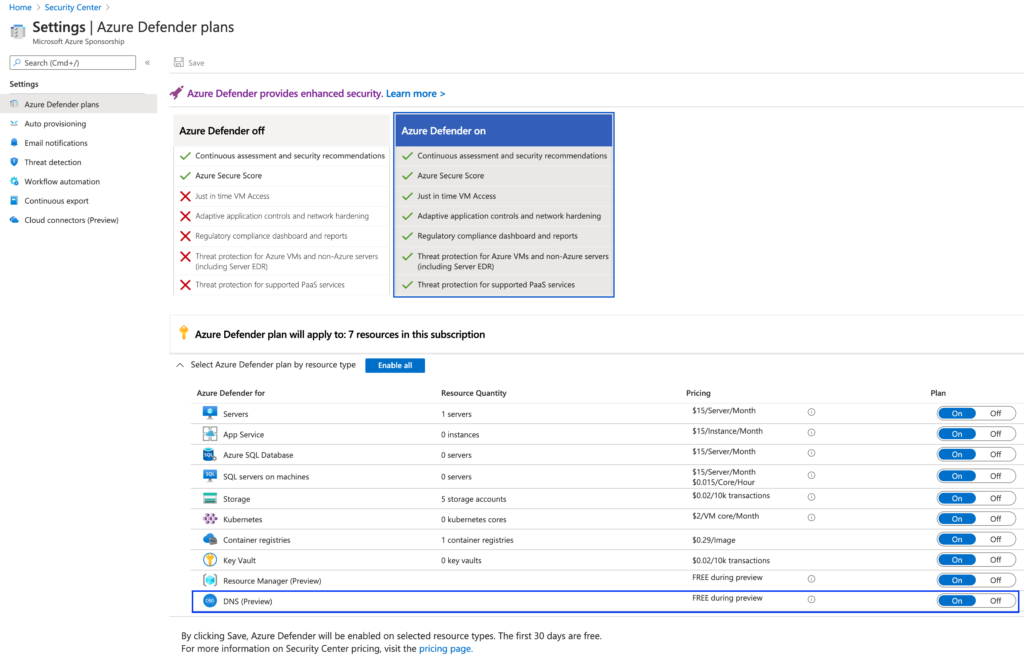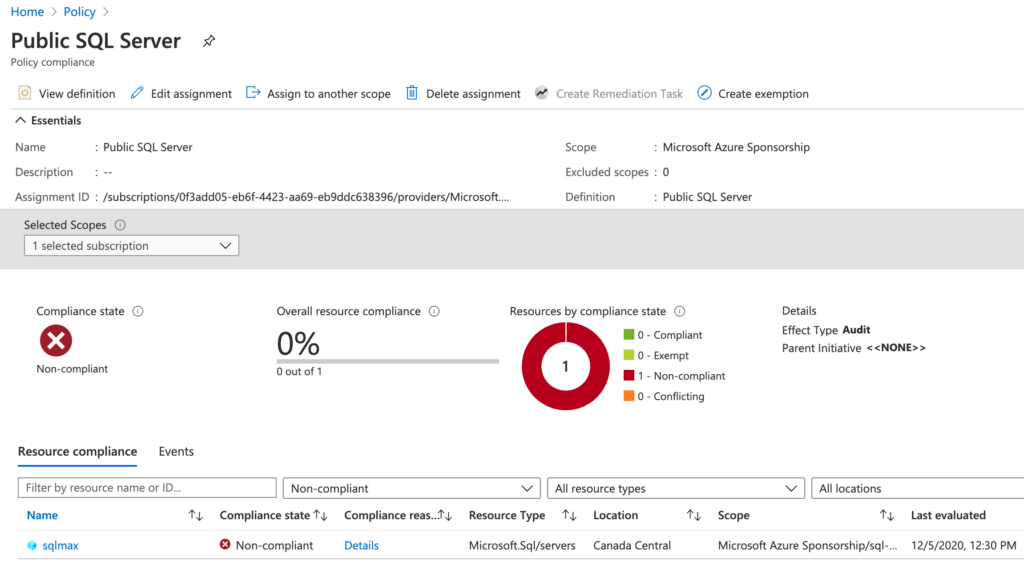Hello,
Azure supporte désormais le service DNS dans son offre Azure Defender. Cette fonctionnalité est désormais disponible en pré-version.

Vous pouvez retrouver l’ensemble des alertes disponibles ci-dessous:
- Anomalous network protocol usage (Preview)
- Anonymity network activity (Preview)
- Anonymity network activity using web proxy (Preview)
- Attempted communication with suspicious sinkholed domain (Preview)
- Communication with possible phishing domain (Preview)
- Communication with suspicious algorithmically generated domain (Preview)
- Communication with suspicious random domain name (Preview)
- Digital currency mining activity (Preview)
- Network intrusion detection signature activation (Preview)
- Possible data download via DNS tunnel (Preview)
- Possible data exfiltration via DNS tunnel (Preview)
- Possible data transfer via DNS tunnel (Preview)
Maxime.
